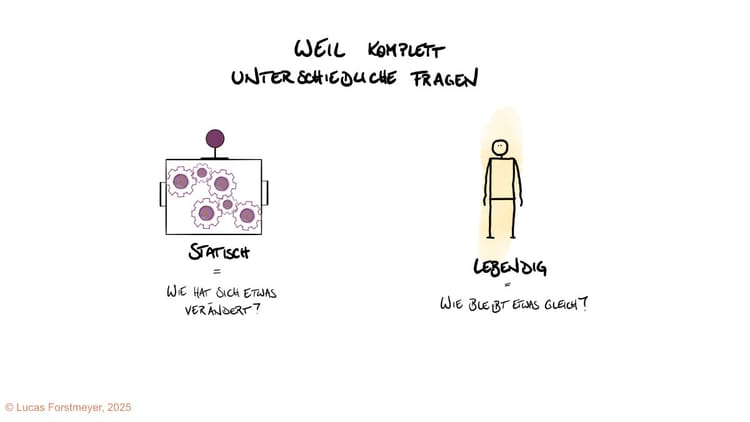4.3: From Mechanic to Gardener: How We Can Really Support Self-Healing

When we stop viewing the body as a broken machine and start seeing it as a living, self-organizing process, our role as practitioners changes fundamentally.
We cease to be mechanics searching for faults and become gardeners creating the conditions for growth and healing.
This new perspective changes the central question we ask in our work.
The old question of the mechanic is: “How can we repair this person?”
The new question of the gardener is: “How can we support the processes in this person to realign themselves toward health?”
The Gardener Metaphor: Keeping the Big Picture in View 🌱
Instead of isolating a single defect, we as gardeners look at the entire ecosystem of the client.
When a tree isn’t thriving, we don’t examine only the sick branch — we ask:
How are the plants around it?
Is it getting enough nutrients and water?
We keep the big picture in view.
This holistic approach opens the door for interventions on all levels — working together to activate the organism’s inherent self-healing powers.
A Holistic Toolbox
The gardener perspective allows us to work both bottom-up and top-down to support the system’s realignment:
-
Bottom-Up (starting from the body): We can directly influence physical processes.
- Nutrition: How often are health issues linked to the gut or digestion?
- Movement & Bodywork: How can yoga or targeted bodywork help the system heal injuries and release tension in surrounding structures?
-
Top-Down (starting from the mind): We recognize that our inner world profoundly shapes our physiology.
- Worldview & Identity: A person who perceives life as hostile or believes they must always be perfect creates chronic stress in their system.
- Psychology & Spirituality: Unprocessed trauma and personal belief (or the absence of it) directly affect physical wellbeing and can be integrated into the healing process.
Suddenly, everything can contribute to the system’s capacity to realign itself.
We recognize that our clients are whole beings, in whom the past is not gone but continuously expressed in self-maintaining processes — like a river that keeps returning to its old bed.
When we stop acting as mechanics and start thinking as gardeners, our focus shifts from fixing problems to creating the conditions under which the person as a whole can realign and heal.
Sources
- Iain McGilchrist: The Master and His Emissary
- ****Iain McGilchrist (Buch):****The Matter With Things
- Schore: Affect Regulation and the Origin of the Self (APA) | Buch (1994)
- Schore/Schore: Modern Attachment Theory & Affect Regulation | Studie (2007)
Related Articles
- 4.2: The Miracle of Stability: Why the Body is a Flow and Not a Machine
- 4.1: The Machine Deception: Why We Must Stop 'Repairing' the Body
- 2.2: The Silent Thought: How True Insight Arises Before Words
- 3.4: Healing in Resonance: Why Therapy Must Recreate the Early Parent-Child Relationship
- The Importance of Self-Healing